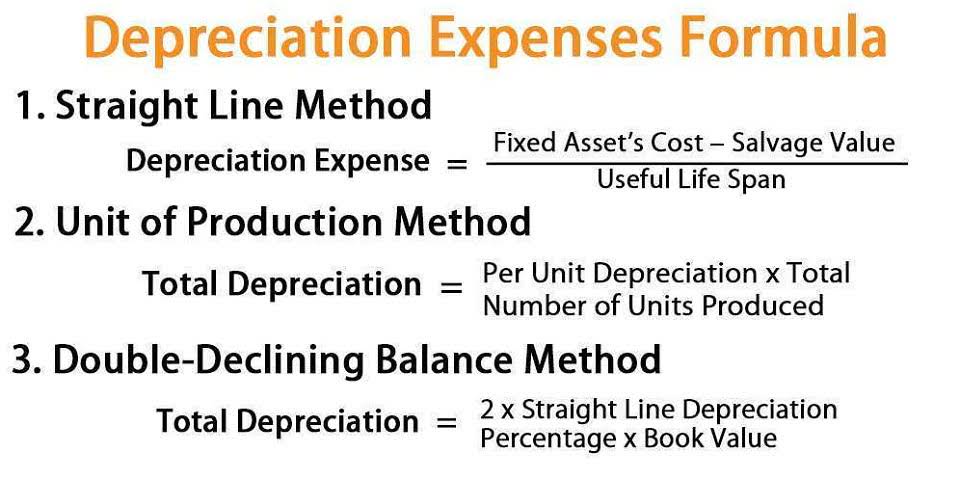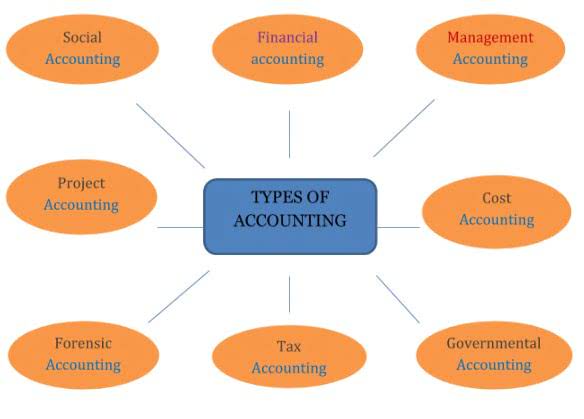
In other words, using the POHR formula gives a clearer picture of the profitability of a business and allows businesses to make more informed decisions when pricing their products or services. In this article, we will discuss the formula for predetermined overhead rate and how to calculate it. A number of predetermined overhead rate possible allocation bases are available for the denominator, such as direct labor hours, direct labor dollars, and machine hours. Predetermined overhead rates are essential to understand for ecommerce businesses as they can be used to price products or services more accurately. They can also be used to track the financial performance of a business over time.
Accounting Jobs of the Future: How Staffing Agencies Can Help Land Them
- Because the company cannot place a per-unit cost on these expenses, they are placed under total manufacturing overhead costs.
- It can be used to allocate overhead when calculating product costs and profits.
- If you’d like to learn more about calculating rates, check out our in-depth interview with Madison Boehm.
- Calculating overhead rates accurately is critical, yet often confusing, for businesses.
- Implementation of ABC requires identification and record maintenance for various overheads.
- The company can calculate the time it takes a machine to produce a part or a worker to assemble a piece of machinery with a certain degree of accuracy.
Management analyzes the costs and selects the activity as the estimated activity base because it drives the overhead costs of the unit. The predetermined overhead rate formula is calculated by dividing the total estimated overhead costs for the period by the estimated activity base. Therefore, in simple terms, the POHR formula can be said to be a metric for an estimated rate of the cost of manufacturing a product over a specific period of time. That is, a predetermined overhead rate includes the ratio of the estimated overhead costs for the year to the estimated level of activity for the year.
Predetermined Overhead Rate (POHR): Formula and Calculation

By using this rate, companies can better understand and control their production costs. In this article, we will discuss the predetermined overhead rate, why it matters, and how to calculate it. Cost accountants want to be able to estimate and allocate overhead costs like rent, utilities, and property taxes to the production processes that use these expenses indirectly.
What is the purpose of both actual and predetermined overhead rates?
Predetermined overhead rates are important because they provide a way to allocate overhead costs to products or services. Accurately calculating overhead rates is important for determining the full cost of a product and appropriately pricing goods and services. If overhead costs rise rapidly, increasing overhead rates will make this clear. The predetermined overhead rate is used to price new products and to calculate variances in overhead costs. Variances can be calculated for actual versus budgeted or forecasted results. Calculating the predetermined overhead rate is a crucial aspect of cost management and allocation in managerial accounting.
- Indirect labor encompasses wages paid to employees such as maintenance workers, who are not directly involved in the manufacturing process.
- The overhead rate is calculated by dividing total overhead costs by an appropriate allocation measure such as direct labor hours.
- After almost a decade of experience in public accounting, he created MyAccountingCourse.com to help people learn accounting & finance, pass the CPA exam, and start their career.
- The allocation of overhead to the cost of the product is also recognized in a systematic and rational manner.
- For instance, assume the company is bidding on a job that will most likely take $5,000 of labor costs.
- Both figures are estimated and need to be estimated at the start of the project/period.
Why are predetermined overhead rates important?

As the production head wants to calculate the predetermined overhead rate, all the direct costs will be ignored, whether direct cost (labor or material). A Predetermined Overhead rate shall be used to calculate an estimate on the projects that are yet to commence for overhead costs. It would bookkeeping and payroll services involve calculating a known cost (like Labor cost) and then applying an overhead rate (which was predetermined) to this to project an unknown cost (which is the overhead amount). The formula for calculating Predetermined Overhead Rate is represented as follows.
- For this example, we’ll say the marketing agency estimates that it will work 2,500 hours in the upcoming year.
- This rate is used to allocate or apply overhead costs to products or services.
- Since we need to calculate the predetermined rate, direct costs are ignored.
- The example shown above is known as the single predetermined overhead rate or plant-wide overhead rate.
- You can envision the potential problems in creating an overhead allocation rate within these circumstances.
- For example, let’s say the marketing agency quotes a client $1,000 for a project that will take 10 hours of work.
Best Practices for Overhead Rate Management
Our mission is to empower readers with the most factual and reliable financial information possible to help them make informed decisions for their individual needs. This team of experts helps Finance Strategists maintain the highest level of accuracy and professionalism possible. The articles and research support materials available on this site are educational and are not intended to be investment or tax advice. All such information is provided solely for convenience purposes only and all users thereof should be guided accordingly.

What is the difference between overhead costing and activity-based costing?
Keeping overhead costs in check can have a notable impact on the bottom line. Optimize processes – Streamline workflows around everything from inventory to invoicing to save time and cut labor costs. So the company would apply petty cash $5 of overhead cost to the cost of each unit produced.
Leave a Reply